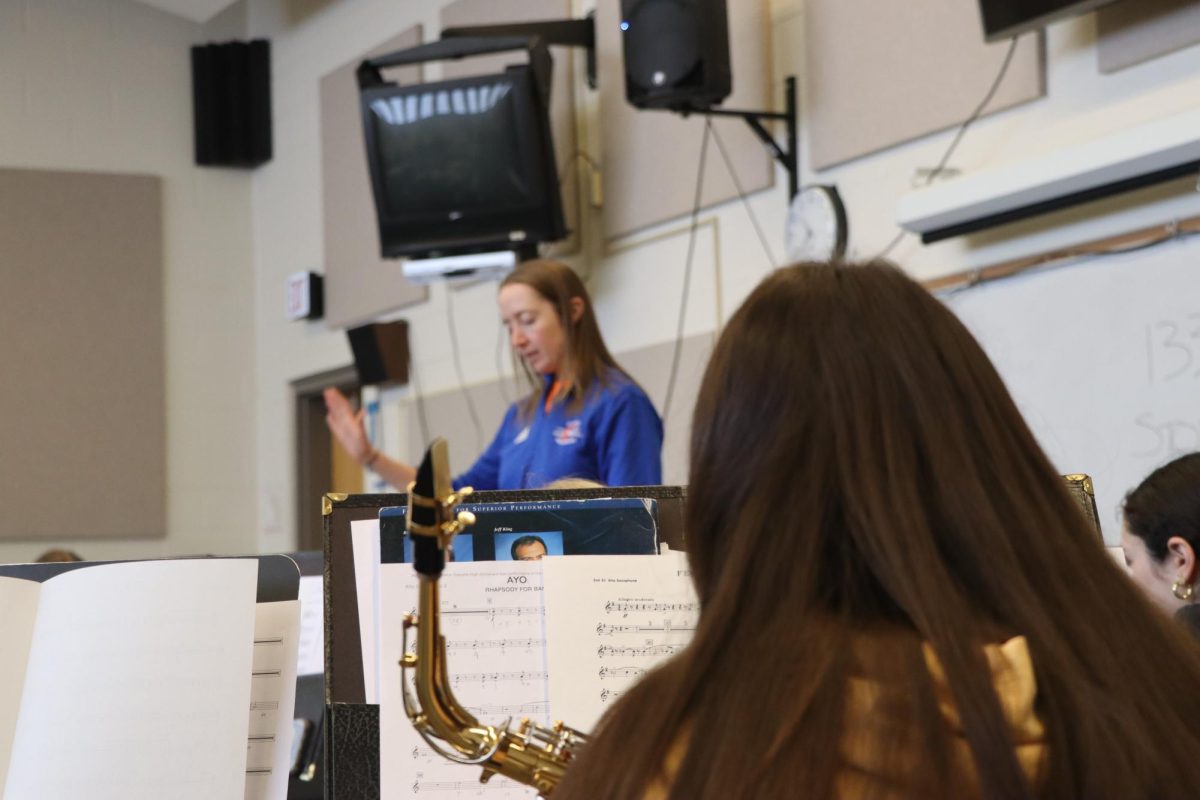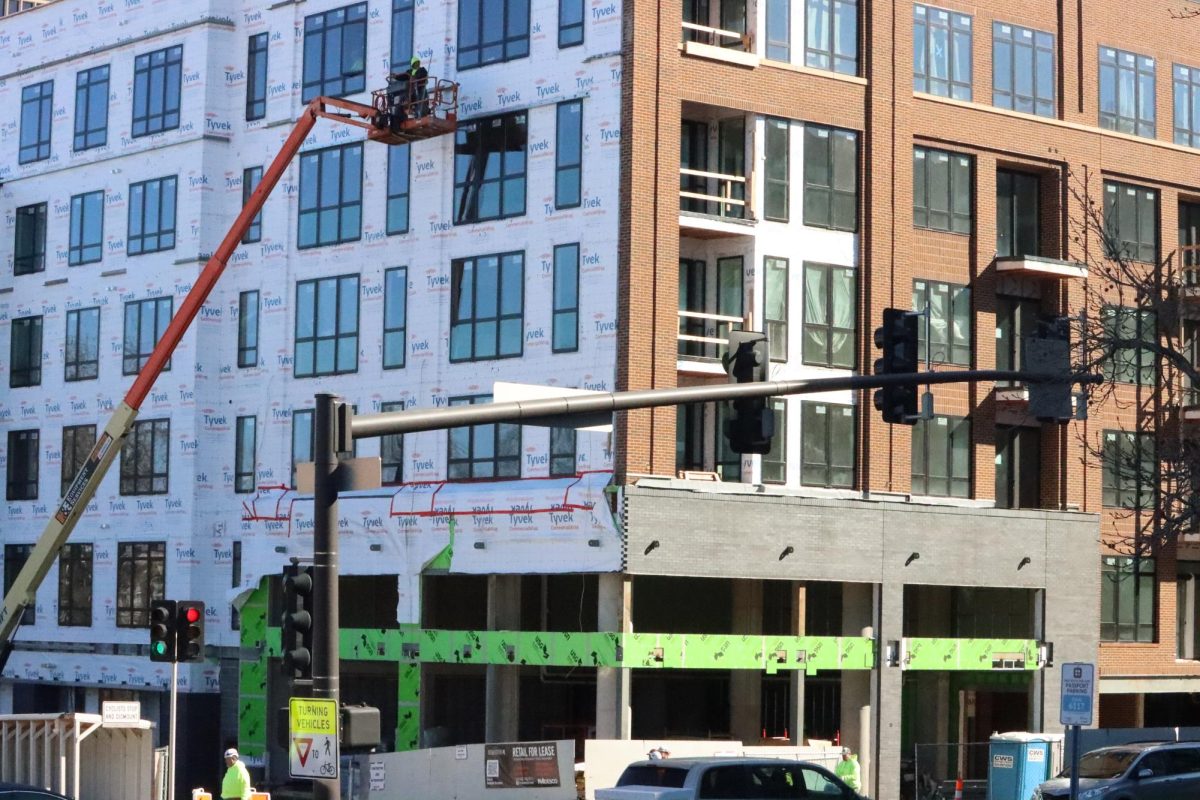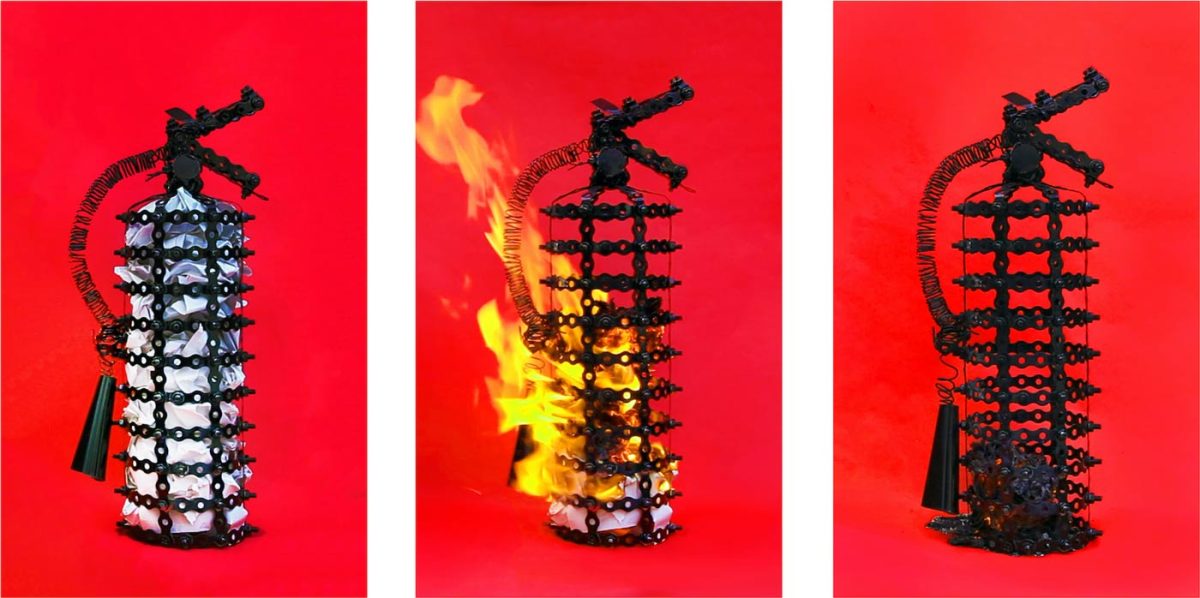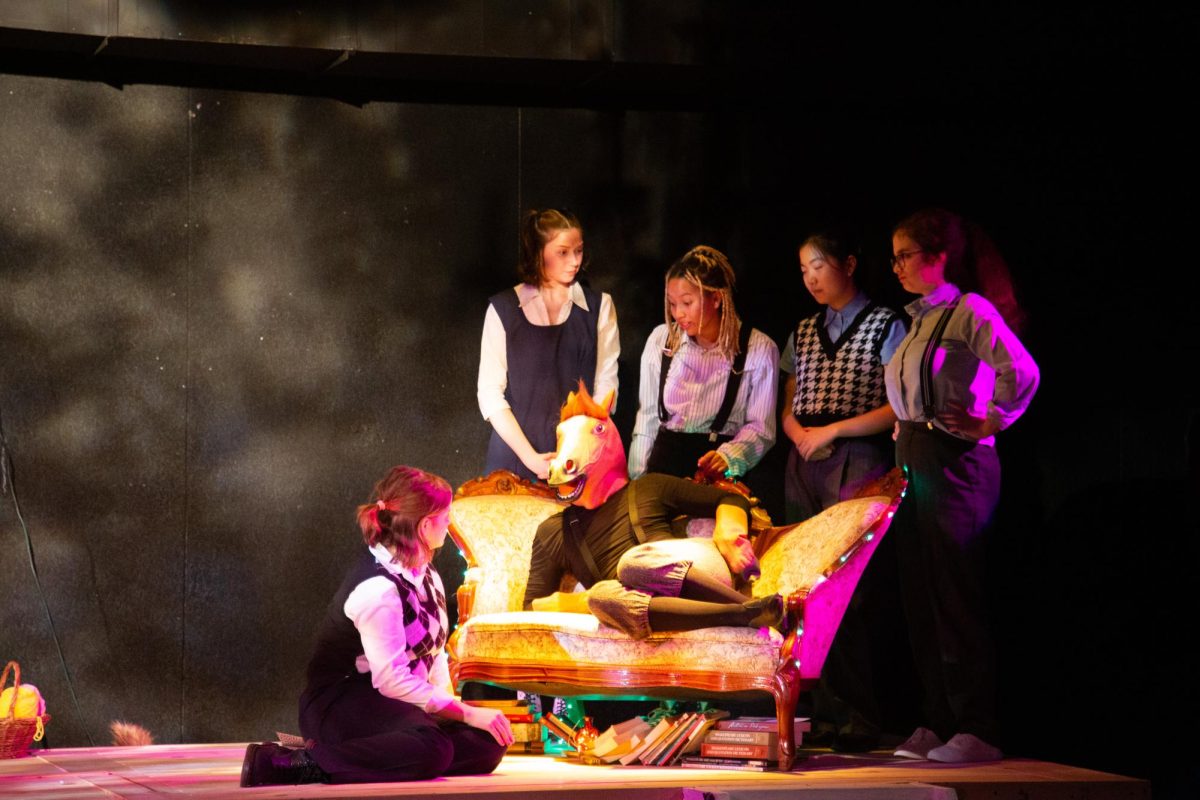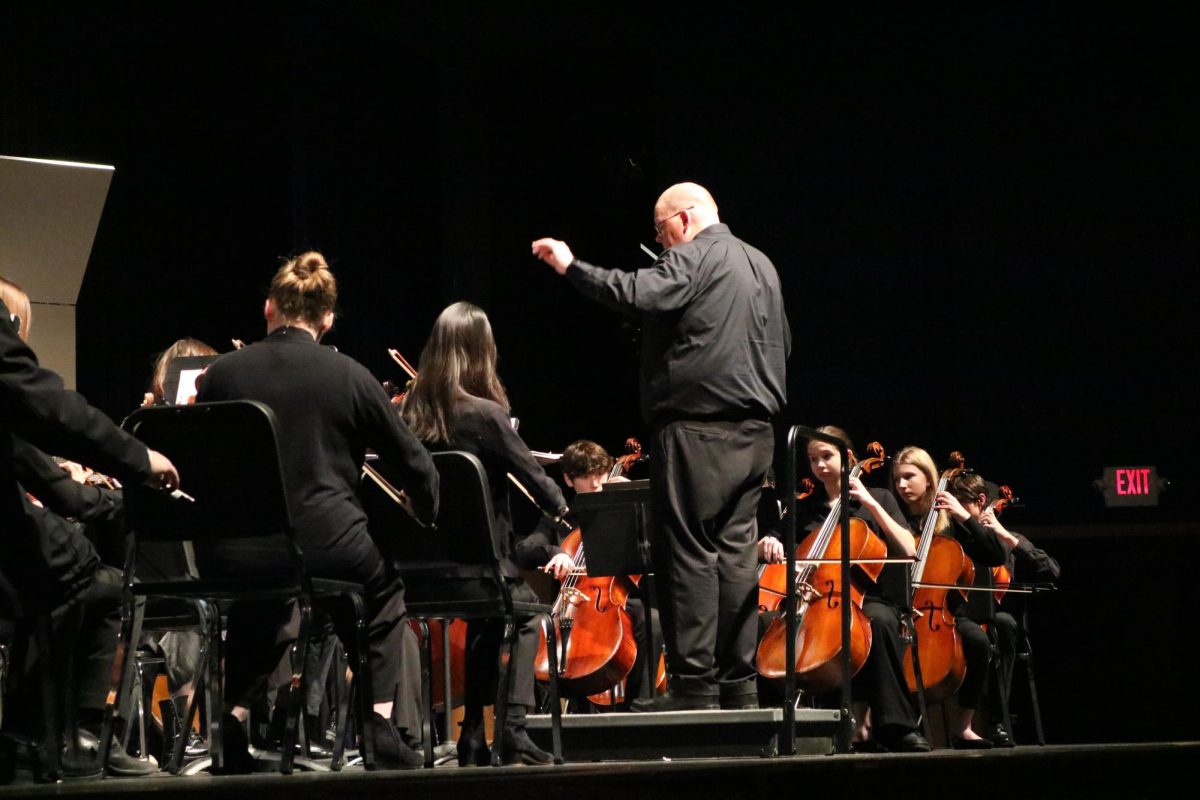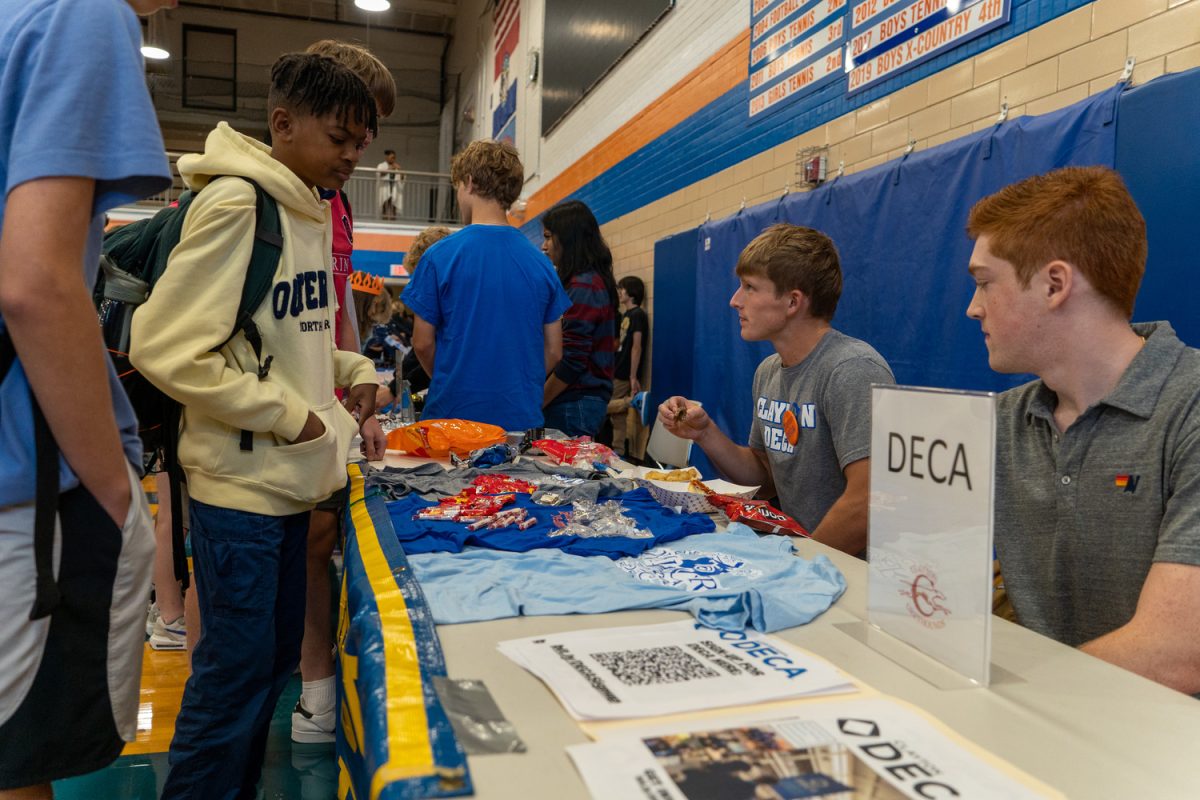You’re standing in an aisle in Walgreens when you spy a lone figure a few feet away. You get the feeling that something isn’t quite right. Perhaps the young person down the aisle is abused, going through some rough times, or feels like they have no one to talk to. But whatever the cause, they have nowhere to turn.
As of about a month ago, now they do. Recently, the St. Louis area Walgreens stores joined QuikTrip, among others, in participation in what is referred to as “Project Safe Placeâ€, a national program from St. Louis-run Youth in Need.
“If a child feels like they don’t have a safe place to go, they can come here,†Clayton Walgreens assistant manager Stefanie Harris said.
Store employees are trained to recognize and offer aid to what the program refers to as “youths in needâ€, which, according to the organization’s website, could be any young person suffering anything from bullying or abuse to simply being lost. Simply put, support is available to any teen who feels like they need help and don’t know to whom to turn.
To such youngsters, the yellow Safe Place sticker that all participating businesses and nonprofits sport is intended to signal the availability of immediate help. Inside the stores, employees’ ears are primed to recognize the distress signals such as “Can you help me?†or “Is this a Safe Place?â€
At the heart of the Safe Place training is a simple idea: get the gist of what’s wrong, get them help, but don’t pry.
“We’re supposed to avoid being critical,†Harris said, “and to let them know that they’re secure, that no one can get to them.â€
In the words of the training itself, Don’t go into the details of the problem.
The other central piece of the program is the St. Louis County Youth Connection Hotline, operative 24 hours a day, which employees are told to call, and to identify themselves as calling from a Safe Place.
This part of the program is of particular service to store employees, who might not have known whom or where to call for help in the past, should they have found a troubled youth.
Harris, who worked in a North County Walgreens a few years ago, recalls an instance in which she found a girl who’d been beaten and raped, but didn’t have much to go on regarding what to do. After that experience, she reflects that now having a reliable hotline to call adds comfort and security.
“It looked like someone had beaten [the girl] up and then threw her out in front of my store,†Harris said. “She looked like she hadn’t eaten in days, and after awhile she finally let us buy her some food. And she didn’t want anything to do with the police.â€
But after getting little or no support from any of the other places that she called for help, Harris was forced to call 911 when the girl began having seizures.
“There was nothing in place at the time,†Harris said. “I didn’t have any plan. I didn’t get cooperation from anyone that I called. So now that we have this number that we can just call, it’s very nice.â€
But the help doesn’t stop at the hotline. Once it is confirmed that a Safe Place employee is on the way, the employee must check on the youth and reassure them that someone is coming to help. When someone does arrive, the training stresses that it is imperative to check for Safe Place identification before letting the youth go and recording the incident.
As of now, Clayton only has two Safe Place participants—the fire station and the Walgreens on Big Bend and Clayton—but don’t let this figure deter.
The participants overall in the St. Louis area include its QuikTrips, fire stations and Walgreens, as stated before, but also countless libraries, churches, clinics, YMCAs, and even banks, as well as the scattered Youth in Need establishments.
And so the web of refuge grows in St. Louis, borne by those obliging establishments and businesses—who meanwhile have to pay to enroll in the program—and marked by that bright yellow beacon displayed prominently on the fronts of all participants.
And to someone in need, that sign means something more than just a safe place to rest; it means that someone’s watching out for them. They are, as Harris said, “just here to be supportiveâ€.

